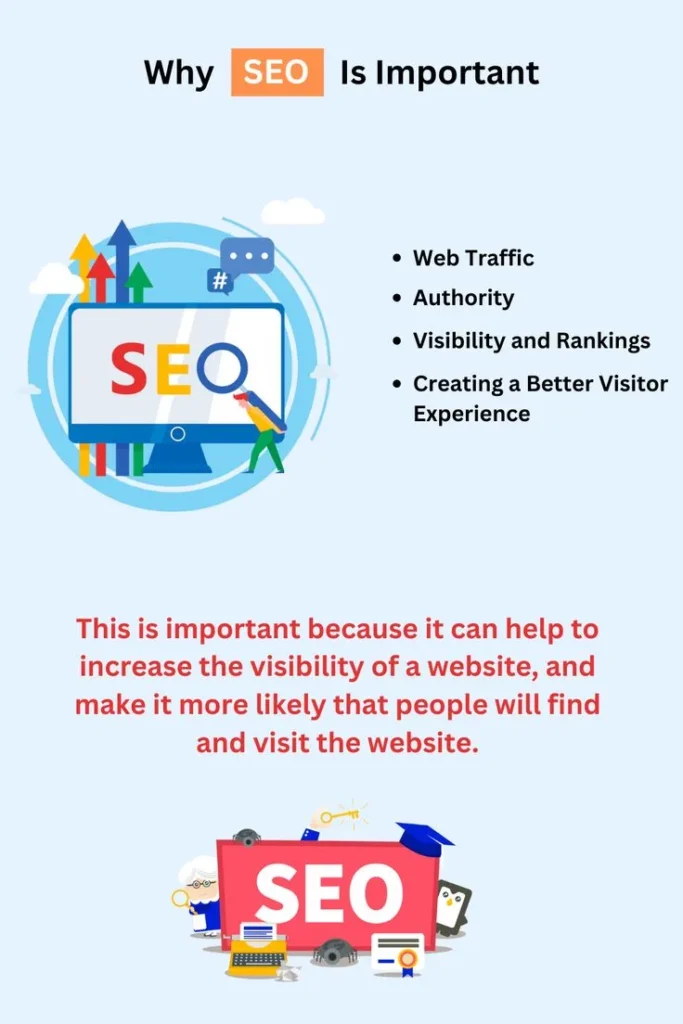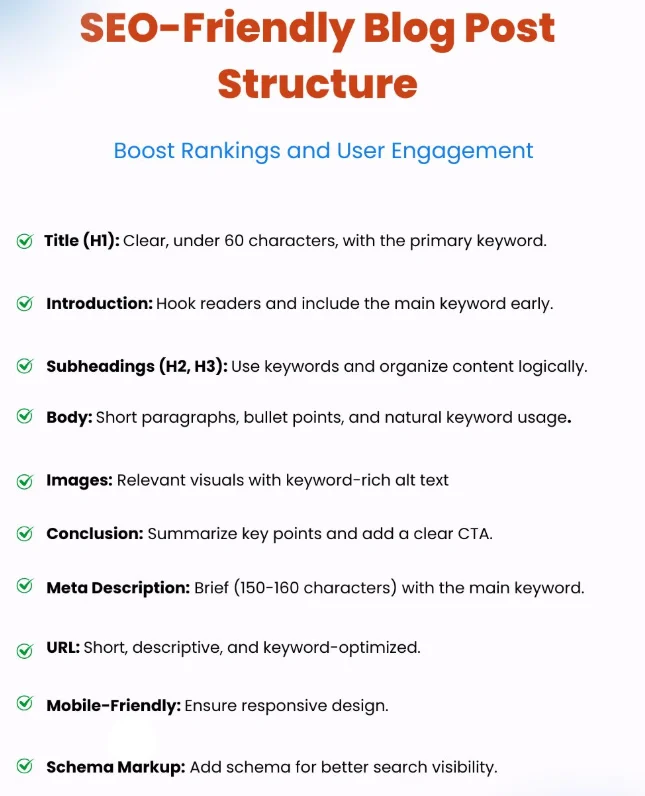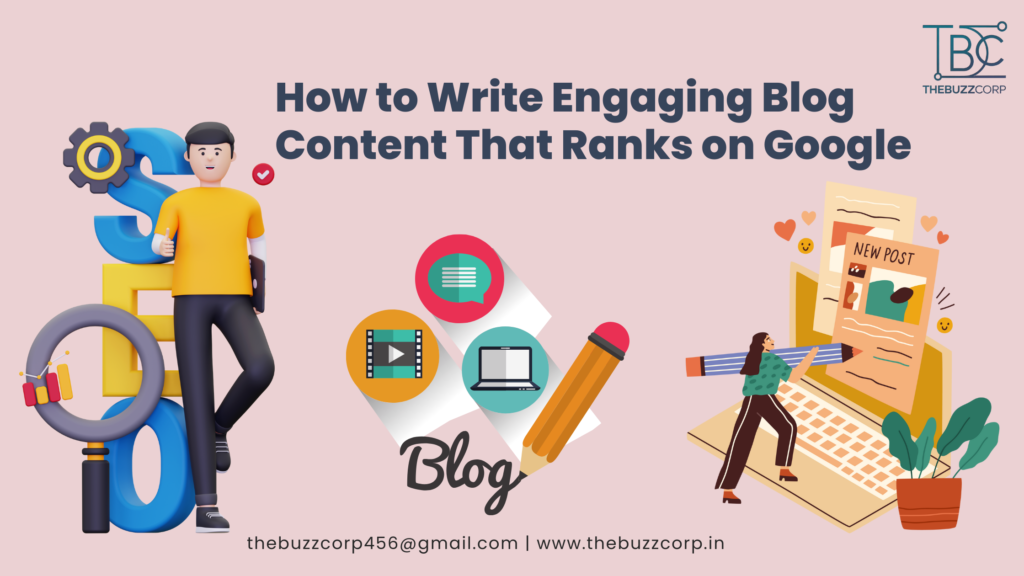How to Write Engaging Blog Content That Ranks on Google 📝
Hello, fellow bloggers and content creators! Are you struggling to get your blog posts noticed on Google? Do you pour your heart into writing but still find your content buried under countless search results? Don’t worry; you’re not alone. The good news is, with the right approach, you can create engaging blog content that not only captivates your readers but also ranks high on Google. Let’s dive into how you can achieve this.
Understanding the Importance of SEO in Blogging

In today’s digital world, simply writing a great blog post isn’t enough. No matter how informative or engaging your content is, it won’t reach its full potential unless people can find it. This is where Search Engine Optimization (SEO) comes into play.
SEO is the practice of optimizing your content so that it ranks higher on search engines like Google. Why does this matter? Because the higher your blog appears in search results, the more visibility and traffic it gets. In fact, studies show that the first page of Google captures over 90% of all search traffic, with the top 3 results receiving the majority of clicks.
Why SEO Matters for Blogging

- Increase Organic Traffic:
SEO helps your blog attract visitors without the need for paid advertising. By optimizing your content with the right keywords and strategies, you can appear in front of users who are actively searching for topics related to your niche. - Enhance Credibility and Authority:
High-ranking content is often perceived as more credible and trustworthy. When your blog consistently appears on the first page of search results, readers are more likely to see you as an authority in your field. - Improve User Experience:
SEO isn’t just about keywords; it also involves creating a well-structured and user-friendly website. This includes faster loading times, mobile responsiveness, and easy navigation, all of which enhance the reader’s experience. - Boost Engagement and Conversions:
When you attract the right audience through targeted keywords, they are more likely to engage with your content, subscribe to your newsletter, or even make a purchase if you’re selling products or services. - Long-Term Results and Cost Efficiency:
Unlike paid advertising, the results of SEO are long-lasting. Once you rank high on Google, you can continue receiving traffic for months or even years without additional costs.
Key SEO Elements for Blogging:
To fully leverage the power of SEO, consider implementing the following elements:
- Keyword Research: Find out what your audience is searching for. Tools like Google Keyword Planner or Ubersuggest can help you identify relevant keywords with good search volume.
- On-Page SEO: Optimize your title tags, meta descriptions, headers, and content with your target keywords.
- Quality Content: Provide valuable, relevant, and original content that addresses your audience’s needs and questions.
- Internal and External Linking: Link to other relevant posts on your site and reputable external sources to provide additional value.
- User Experience (UX): Ensure your blog is mobile-friendly, loads quickly, and is easy to navigate.
Steps to Create Engaging and SEO-Friendly Blog Content
1. Conduct Thorough Keyword Research
Identify the terms and phrases your target audience is searching for. Tools like Google Keyword Planner or Ubersuggest can help you find relevant keywords with good search volume.
Tip: Focus on long-tail keywords (phrases with 3-4 words) as they often have less competition and attract more targeted traffic.
2. Craft Compelling Headlines
Your headline is the first impression. Make it count!
- Be Clear and Specific: Let readers know exactly what to expect.
- Use Numbers or Questions: E.g., “5 Tips to Improve Your SEO” or “How to Rank Higher on Google?”
- Incorporate Keywords Naturally: Ensure your primary keyword fits seamlessly.
3. Structure Your Content with Header Tags
Organize your content using header tags (H1, H2, H3) to improve readability and SEO.
- H1 Tag: Reserved for the main title of your post.
- H2 Tags: Used for main sections.
- H3 Tags: Subsections under H2.
4. Write High-Quality, Original Content
Google rewards content that provides value to readers.
- Be Informative and Relevant: Address the needs and questions of your audience.
- Maintain Originality: Avoid duplicating content from other sources.
- Keep It Engaging: Use a conversational tone, ask questions, and encourage interaction.
5. Optimize for On-Page SEO
Enhance your content’s visibility with these on-page SEO practices:
- Keyword Placement: Include your primary keyword in the first 100 words, headings, and naturally throughout the content.
- Meta Description: Write a concise summary (150-160 characters) of your post, incorporating the primary keyword.
- Image Optimization: Use relevant images with descriptive file names and alt text.
6. Utilize Internal and External Links
Linking adds value and credibility to your content.
- Internal Links: Direct readers to other relevant posts on your blog.
- External Links: Cite reputable sources to support your information.
Tip: Ensure all links are relevant and add value to the reader.
7. Encourage Reader Engagement
Engagement signals to Google that your content is valuable.
- Ask Questions: Prompt readers to share their thoughts in the comments.
- Include CTAs: Encourage actions like subscribing to your newsletter or sharing the post on social media.

Conclusion
Creating engaging blog content that ranks on Google involves a blend of understanding your audience, implementing SEO best practices, and delivering valuable, well-structured content. By following the steps outlined above, you’re well on your way to boosting your blog’s visibility and resonance with readers.
Call to Action: Ready to elevate your blogging game? Subscribe to our newsletter for more tips and insights on mastering SEO and content creation!
FAQs
Q1: How often should I use keywords in my blog post?
Aim for a keyword density of about 1-2%. Focus on natural inclusion rather than forced repetition.
Q2: How long should my blog posts be?
While quality trumps quantity, longer posts (1,000 words or more) often perform better in search rankings.
Q3: How can I find the right keywords for my blog?
Use tools like Google Keyword Planner, Ubersuggest, or SEMrush to discover keywords relevant to your niche and audience.

